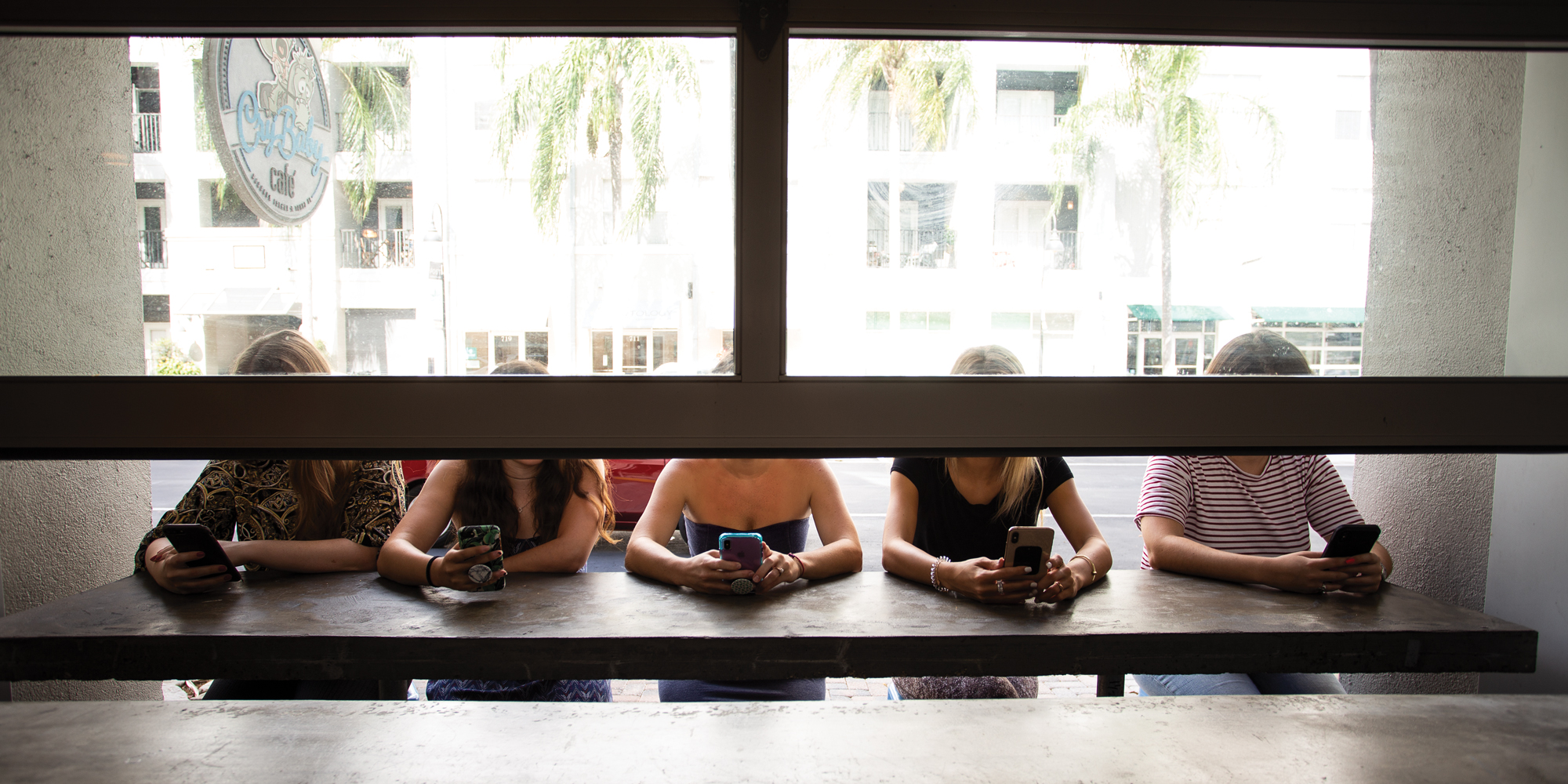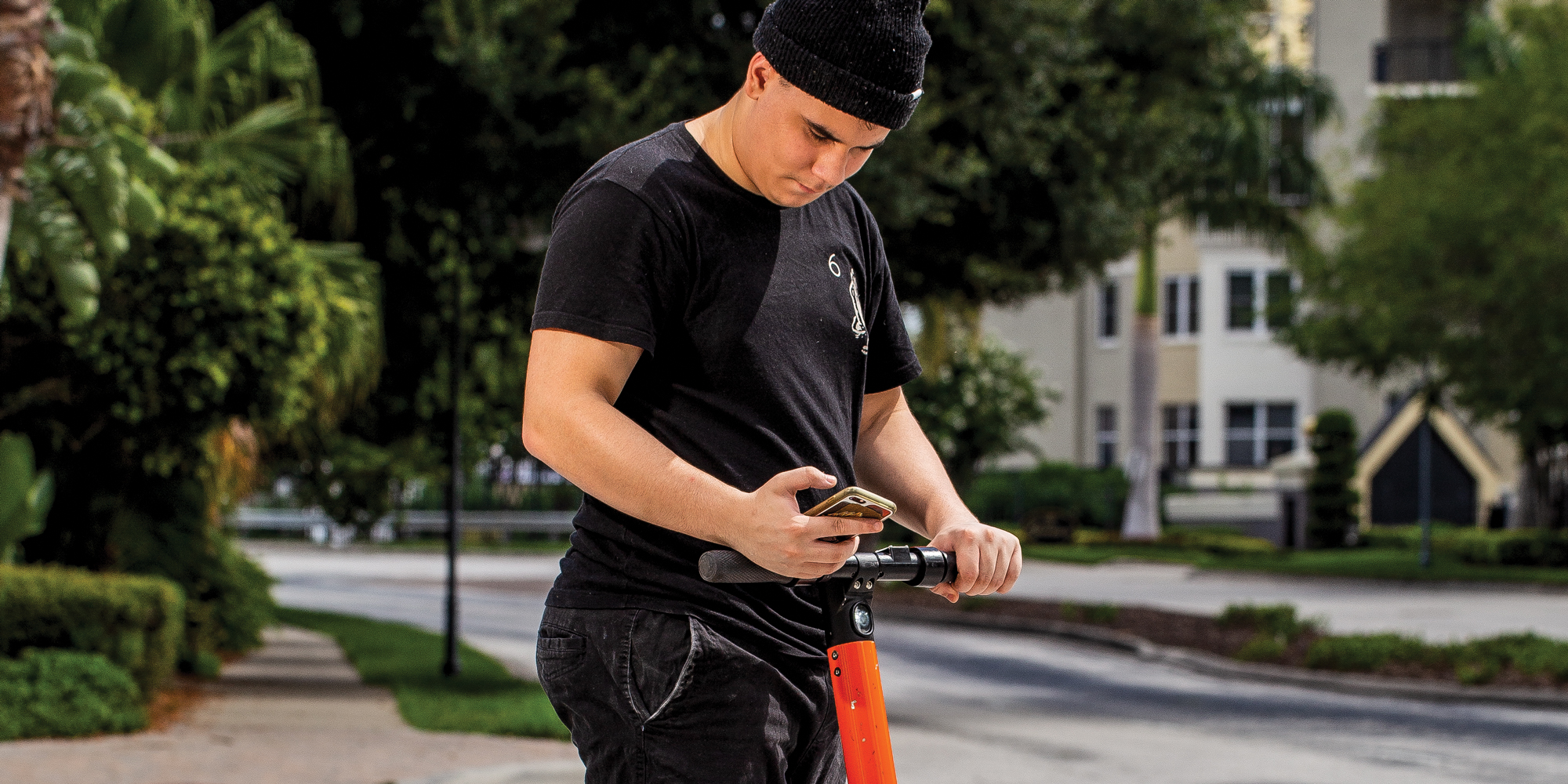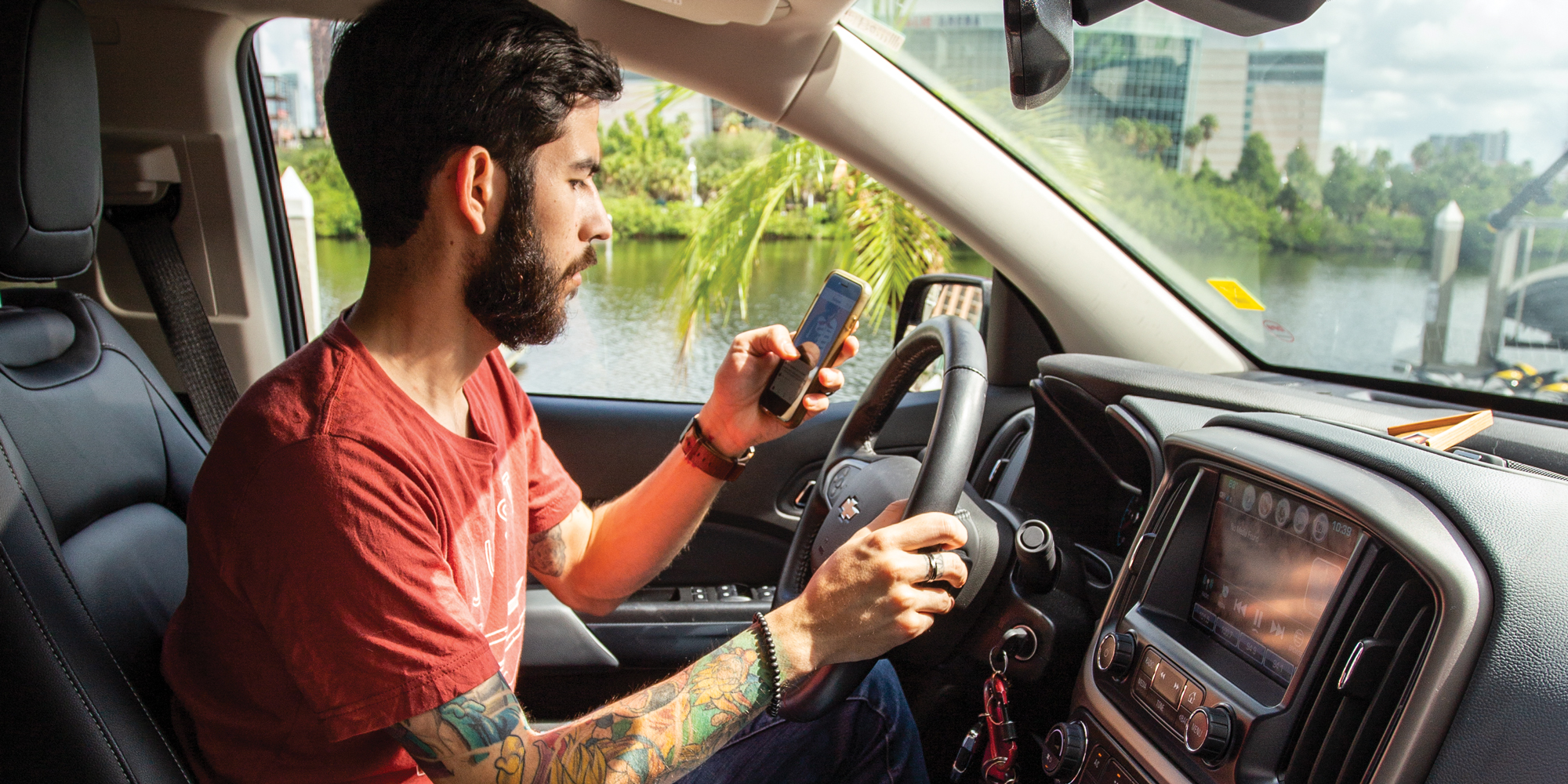Screens are everywhere. As I type this article on my laptop, there’s a smartphone in my pocket, a tablet next to the couch and a television tempting me from across the room. A few old cell phones and a computer monitor collect dust in my closet.
Surely I’m not alone. All day every day, we’re surrounded by screens. The average American adult spends nearly 11 hours each day staring at a digital display. Toddlers are using smartphones at younger ages. Teens are using them compulsively.
So, what does all this screen time mean?
Continuous screen time is still a relatively recent phenomenon, but there are early concerns about the impact digital devices might have on our health and mental wellbeing. Americans between the ages of 15 and 54 read for personal interest no more than 10 minutes a day on average, according to the Bureau of Labor Statistics. Blue light emitted by most screens has been shown to inhibit sleep by suppressing melatonin. Distracted drivers kill over 3,000 people annually in the U.S. alone.
To better understand the consequences of screen time, we spoke to three experts about how digital devices impact toddlers, teens and adults and asked them about ways we can better manage our time spent online.
YouTube Sensation
Browse the list of YouTube’s most popular videos, and you’ll notice a trend. Besides pop music videos, kid’s videos top the list and rake in billions of views. Children and toddlers are one of YouTube’s most loyal audiences.
This will come as no surprise to parents who’ve sat through hours of “Baby Shark” and toy unboxing videos. Though these whimsical videos may seem innocent enough, Dr. Jennifer Katzenstein, director of psychology and neuropsychology at Johns Hopkins All Children’s Hospital, said their repetitive content does little to support positive development.
“We are seeing [negative] consequences on language skills, social skills and behavior” in children associated with the consumption of rote content, Katzenstein said, pointing to a “laundry list” of studies provided by the American Academy of Pediatrics.
Instead, “what we want to see is back-and-forth engagement between a toddler and a toy. Interactions should elicit some type of response from the child.”
Traditional toys have plenty of noises and activity involved. A kid performs an action; the toy beeps, buzzes, and jumps like a jack-in-the- box. “That’s what we really miss out on with screen time,” Katzenstein said. “There isn’t that interactional response back to a child who is just sitting in front of a screen.” Katzenstein admitted, “It’s nearly impossible to say no to screen time in today’s world. But parents should be thoughtful and limit screen time the best they can.” She recommends no more than one to two hours of screen time per day for toddlers and children.
Social Media Mania
Back in 2015, two landmark studies examined teens’ social media usage, and the results were staggering. One study found that the heaviest teenage users check their social media feeds over 100 times each day. The other reported that some teens spend nine hours a day in front of a screen. Social media has grown even more ubiquitous over the past few years, to the extent that teens spend much of their social lives online.

“One thing parents have to realize is their teens are using social media for many hours during the day,” said Dr. Kelli Burns, a USF professor who teaches and researches social media.
Hours spent online can create feelings of envy, pressure, and insecurity in teens, as they compare themselves to peers whose profiles often depict amazing and unattainable lifestyles.
Burns suggested a few steps for parents to foster healthy social media habits. First, caregivers need to familiarize themselves with the latest social media platforms. “It’s very easy for teens to outsmart their parents with technology,” Burns said. Nonetheless, she added, “Parents should become as knowledgeable as possible about the platforms their teens are using.”
And although it can be difficult to set time limits on social media use, Burns said, “you can set guidelines around when they can and cannot be used.” The dinner table and car rides are good “no phone zones,” for example.
Finally, Burns stressed the importance of monitoring your teen in real life (Are they sullen and unmotivated, or are they active and outgoing?) and setting an example for your teen by moderating your own social media use. “If parents are asking their teen to be off social media, parents should model those same good behaviors.”
Park Your Phone
Distracted driving is an epidemic. Even behind the wheel of a two-ton SUV, people just can’t seem to put their phone (or food) down. As a result, distracted drivers kill an estimated nine people every day and injure well over 1,000.

Texting is arguably the most dangerous form of distracted driving [Editor’s note: As of July 1, 2019, texting while driving is a primary offense in the state of Florida. See below for more on the new law.]. “Some data suggests that texting while driving is probably more dangerous and distracting than being intoxicated,” said Dr. Jason Wilson, director of emergency medicine research at USF Health and Tampa General Hospital.
That’s because reading or sending a text takes a driver’s eyes off the road for four or five seconds. At highway speeds, that’s like driving the length of a football field with your eyes closed.
“In studies, even people who knew they were being observed had poor response times while texting and driving,” Wilson said. “No matter how good you think you are at it, the bottom line is, you’re distracted.”
Checking our phones has become a force of habit. Many of us do it mindlessly. Wilson recommends using smartphone technology to moderate behavior. The iPhone comes with a Do Not Disturb While Driving feature you can turn on in Settings. Otherwise, apps like DriveScribe and TextBuster should do the trick.
The reality is that technology is here to stay and, in order to have a healthy relationship with our digital devices, we have to learn to control our screen time. If we don’t, screen time may end up controlling us instead.
What to Know About Florida’s New Texting and Driving Law
This summer, Florida became one of the last states to make texting while driving a primary offense, meaning law enforcement can now cite drivers just for texting while operating their vehicle. The law also bans the use of handheld devices for any purpose in a school or construction zone.
So what is still allowed under the new law? Texting when the car is stopped (like at a red light), receiving safety alerts — like traffic and weather updates — using GPS, and using your phone hands-free, like through Bluetooth.
Law enforcement will issue warnings until January 1, 2020. Then, the first ticket for texting and driving is $30 and the second is $60, plus court fees and extra charges. No points are added to your license on the first offense; three are added for the second offense. A citation for using a handheld device in a school or work zone will add points to your license on the first offense.
To address concerns about how the law would be applied, law enforcement is required to record the race and ethnicity of each driver they ticket for texting and driving, and officers are required to tell drivers that they have the right to decline a search of their phone to determine if the driver was texting or performing a task allowed under the law (like using a navigation app). — McKenna Kelley


